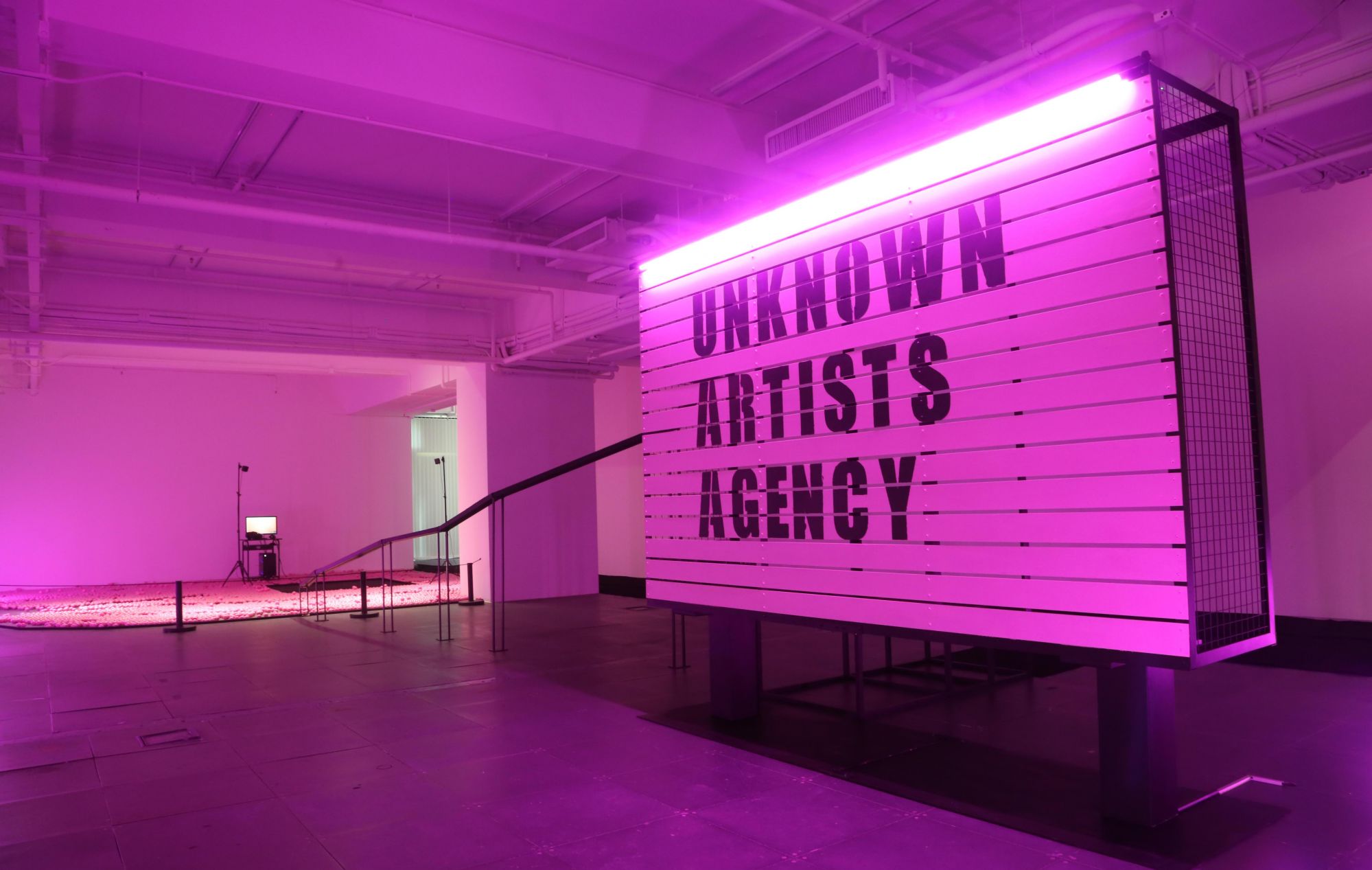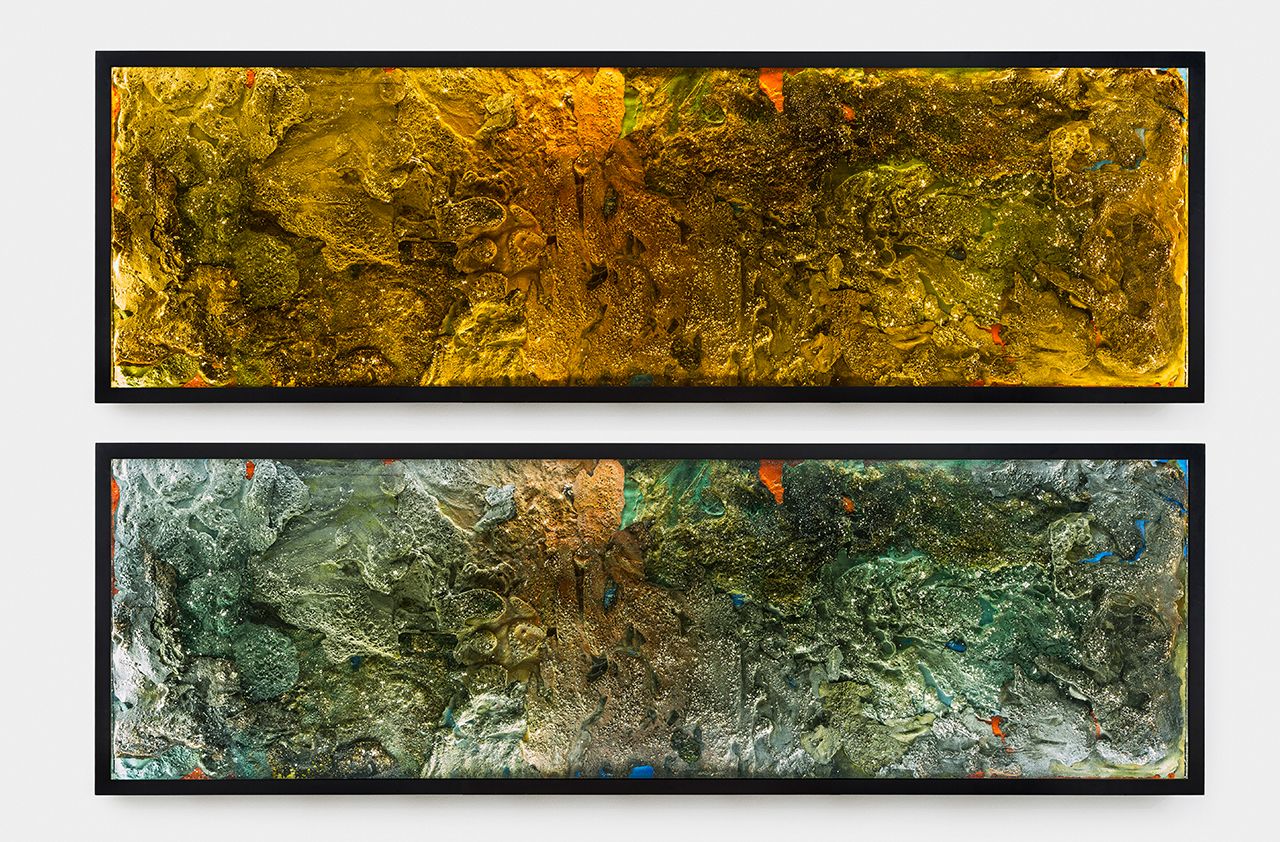This veteran of the Hong Kong arts scene explains his love for Wong Chuk Hang and reveals which artists are currently on his radar
In conversation, Pascal de Sarthe often refers to himself as a dealer rather than a gallerist—but he’s not using the word in the strictest sense. “When I talk about dealers, I’m not just talking about the business of art, but about having a gallery and trying to help artists express themselves and push art forward,” he says.
And that, in a nutshell, is exactly what Pascal has been doing for the past 40 years. Pascal and his wife, Sylvie, first founded de Sarthe Gallery in Paris in 1977, then moved the gallery to San Francisco in 1981, then uprooted it again—this time to Hong Kong—in 2011. Since then, the couple have been firm fixtures on Hong Kong’s art scene, showcasing the works of Impressionist, Modern and contemporary artists ranging from French sculptor Auguste Rodin to Mainland Chinese photographer Lin Zhipeng.
Here, Pascal recalls the moment he fell in love with the art world, weighs in on galleries becoming "luxury shops" and reveals which artist de Sarthe Gallery is showing next.
What was the first work of art that moved you?
When I was 11 years old, I started to paint and to draw. But the real moment happened for me when I was about 17 years old and in Paris and I saw a poster outside a movie theatre for the documentary Painters Painting. The poster was very abstract. I grew up in the countryside in France and even in Paris we didn’t see anything like that. The film was by Emile de Antonio and it showed interviews and studio visits with Jasper Johns, De Kooning, Rauschenberg and Barnett Newman, who had a huge influence on me at the time—I could not believe art could be like that.
At that time, films just played on loops in cinemas. I stayed after the first time it finished and watched it all over again. I watched it three times. I was fascinated. In French museums, I’d seen the classics—Impressionists and Modern masters—but nothing that radical. That was my first connection with the art I still like today.





